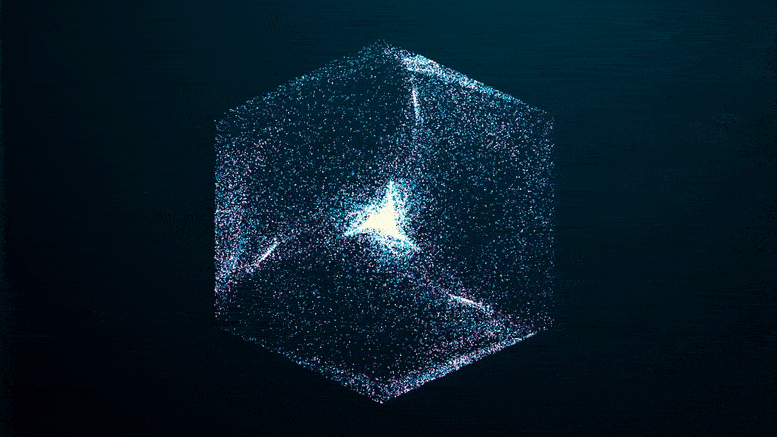Life on Mars was discovered 50 years ago and then wiped out

While the ongoing quest to discover life on Mars continues, NASA’s plan to recover samples from the planet is set to end in the early next decade. However, one scientist proposes an interesting idea: that we likely encountered life on the Red Planet nearly five decades ago, an encounter that may have ended tragically.
Before Curiosity’s historic flight, two previous spacecraft played a vital role. NASA’s Viking program, launched in 1975, not only provided the first glimpses of the Martian landscape, but also conducted biological analyzes of its soil, with the primary goal of discovering signs of life.
Quantum leap
The data from these probes led to a paradigm shift among the Earth’s scientific community regarding the presence of water on Mars. Explorations have revealed many geological formations consistent with the effects of large water flows. Wide river channels were exposed in different areas, and evidence emerged of catastrophic water rises that breached dams, carved wide valleys, excavated rock formations, and traversed thousands of kilometers. Extensive networks of channels and branching streams were prevalent throughout the southern hemisphere, confirming the possibility of precipitation in the past on Mars. Notably, the slopes of Martian volcanoes were similar to those in Hawaii, indicating prior exposure to rain. Some craters even showed characteristics similar to impacts on muddy terrain.
experiments
However, a series of experiments yielded puzzling results that baffled scientists. The probes conducted three distinct experiments. The former produced positive results indicating metabolic processes. However, the adverse effects of the two subsequent experiments, which failed to detect organic matter, led the researchers to speculate that the initial positive result may have been due to non-biological chemical reactions. In simpler terms, the first experiment detected traces of organic matter mixed with chlorine, possibly pollutants that had been inadvertently transported from Earth.
Another aspect of the experiment involves introducing water full of nutrients and radioactive carbon (carbon-14) into the Martian soil. The hypothesis was that potential microorganisms on Mars would consume the nutrients and release radioactive carbon as a gas. Although the initial experiment indicated the release of this radioactive gas (absent in the control experiment), the remaining results remained inconclusive. According to an explanation on the scientific platform “iflscience”, the presence of bacteria was supposed to lead to increased gas production with the injection of additional nutrients and a long incubation. However, successive injections failed to trigger more gas emissions. The likely cause of the initial positive reading was perchlorate, a compound used in rocket fuel, which could have altered the food processing process.
The other theory
However, an alternative theory exists. Professor Dirk Schultz-Macuch, an expert in planetary settlement and astrobiology at the Technical University of Berlin, hypothesizes that the inclusion of water in the experiment may have been an oversight, which could lead to the demise of the bacteria themselves.
In a BigThink publication in June, he reported that life on Earth thrives in extreme environments, such as bacteria inside salty rocks that pull moisture out of the air. Submersion of these bacteria in water can be fatal, which may explain the absence of radioactive gas detection despite the injection of additional nutrients. Professor Schultz-McCoch had previously suggested that life on Mars could have hydrogen peroxide inside its cells. In a 2007 study, he outlined the advantages of this configuration for life on Mars, including a low freezing point, a source of oxygen, and moisture.
“If we consider the hypothesis that life on Mars evolved to incorporate hydrogen peroxide into their cells, this could explain the results of the Viking program experiments,” he suggests. He adds amusingly that gas chromatography-mass spectrometry heats samples before analysis. “If Martian cells contained hydrogen peroxide, it would have been fatal. In addition, it might have led to a reaction between hydrogen peroxide and organic molecules, generating a large amount of carbon dioxide, which is exactly what the instrument detected.”
Although speculative, this idea assumes that humanity may have encountered life on Mars nearly five decades ago, and inadvertently ended it shortly after discovery.




